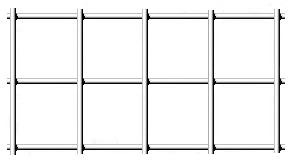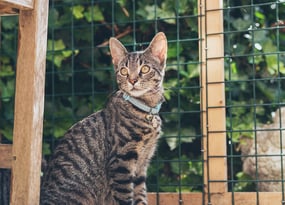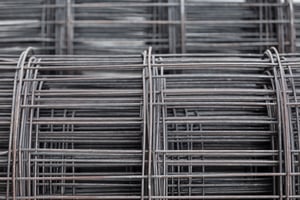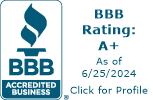A Impressive Array of Specifications
Welded wire mesh is a versatile product that can be used in many different applications with a wide variety of specifications from which to choose: wire gauge size, mesh size, and finish.
Wire Gauges
- 27, 23, 21, 20, and 19 gauges - these lightweight gauges are generally used in welded wire products with small mesh openings such as hardware cloth.
- 16, 14, and 12.5 gauges - the standard, most readily available heavier gauge wires used in welded wire meshes for fences, cages, and partitions.
- 11, 10.5, and 8.5 gauges - heavy-duty wire used in strong meshes suitable for lobster traps, railing safety panels, and other specialized applications.
- Other gauges are also available, both heavier and lighter, for more specialized applications.
Mesh Sizes
- 1/8" x 1/8", 1/4" x 1/4", 1/3" x 1/3" and 1/2" x 1/2" - typical small mesh sizes for light gauge hardware cloth welded wire meshes.
- 1/2" x 1/2", 1/2" x 1", 1" x 1", and 2" x 3" - these welded wire meshes are usually made from 16 gauge wire.
- 1/2"x 3", 1" x 1", 1" x 2", 1.5" x 4", 2" x 2" and 2" x 4" - meshes available in 14 gauge wire.
- 1/2" x 3", 1" x 1", 1.5" x 1.5", 2" x 2" and 2 x 4" - 12.5, 11, 10.5 and 8.5 gauge wires are available in some of these mesh sizes.
And Finishes
- Galvanized Before Weld - the most common and generic type of welded wire mesh found in most retail stores. Products are economical but have a limited lifetime. Galvanized wire is welded into the mesh configuration. The welding process burns the protective zinc coating off the wire, exposing it to rust and corrosion.
- Galvanized After Weld - the welded wire meshes with superior rust and corrosion resistance. Use these products when you want the mesh to last. The initial higher cost is offset by a long lifetime, avoiding the need for frequent replacement. After the mesh is welded it is immersed in a bath of molten zinc, thoroughly protecting it against rust and corrosion.
- Vinyl Coated - combining the double rust and corrosion protection of zinc and vinyl, these welded wire meshes combine long life with an attractive appearance. Black and green are the usual colors. Look for a PVC-coated product. There are high-quality products available and there are less expensive inferior products on the market. You get what you pay for.
- Other types of wire, such as stainless steel, are also available in welded wire meshes.
What kind of welded wire mesh do you need? Are you having trouble finding the welded wire mesh that you want? Give us a call. (866) 328-5018 We know what's out there and can be helpful in the decision-making process.
Would you like more choices?



























